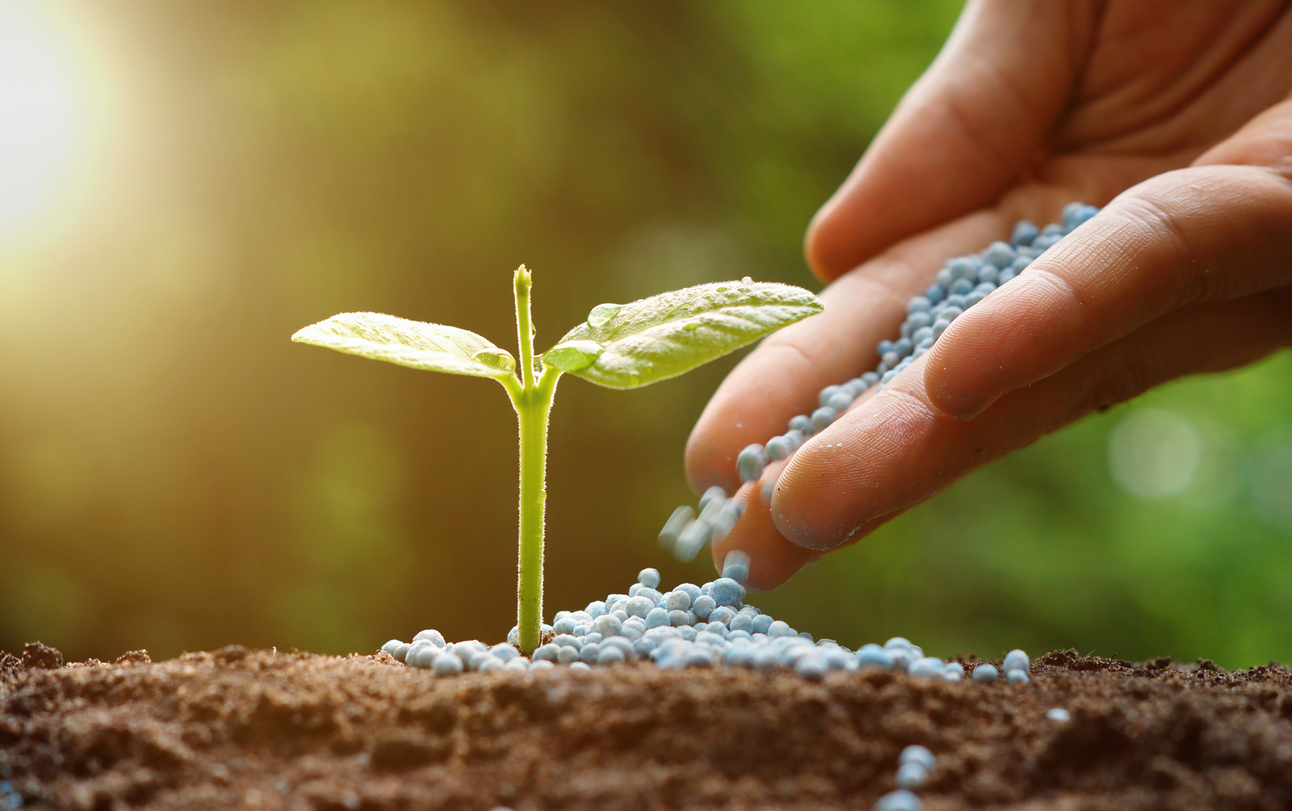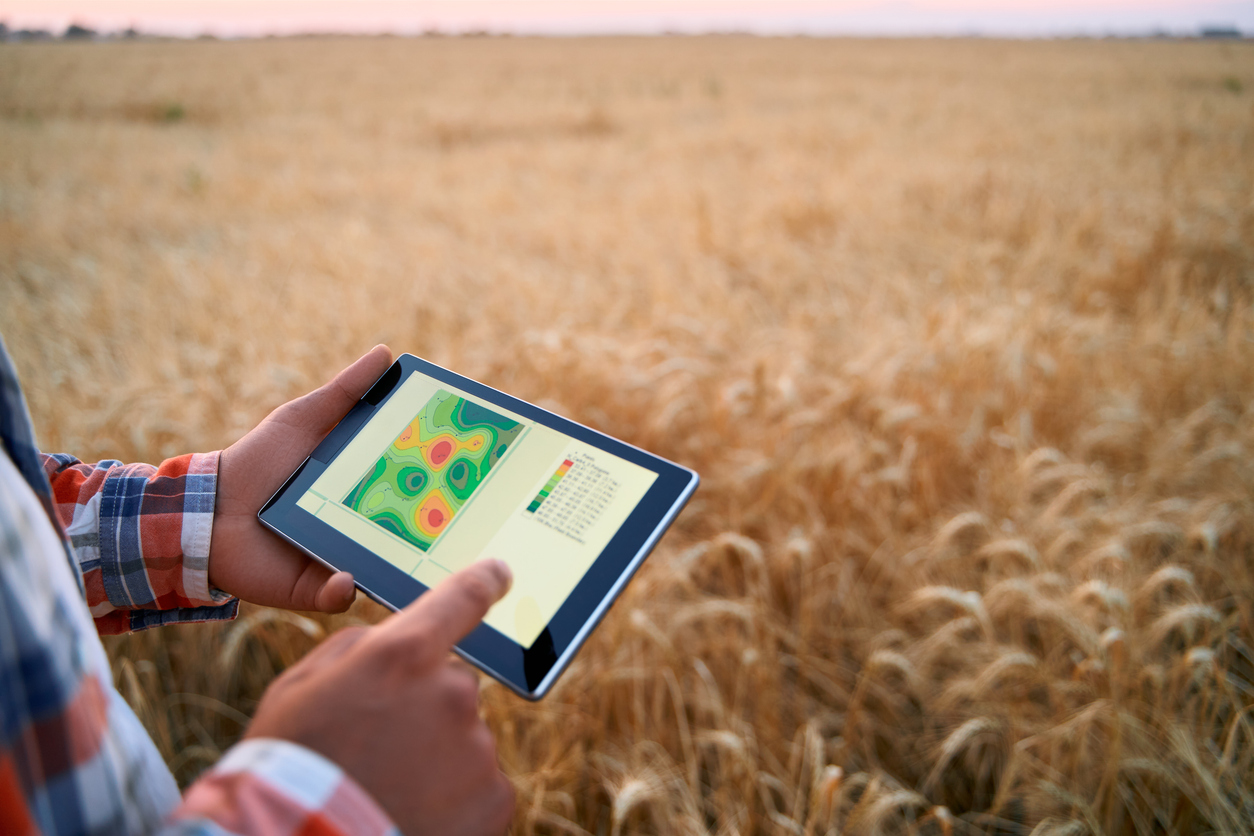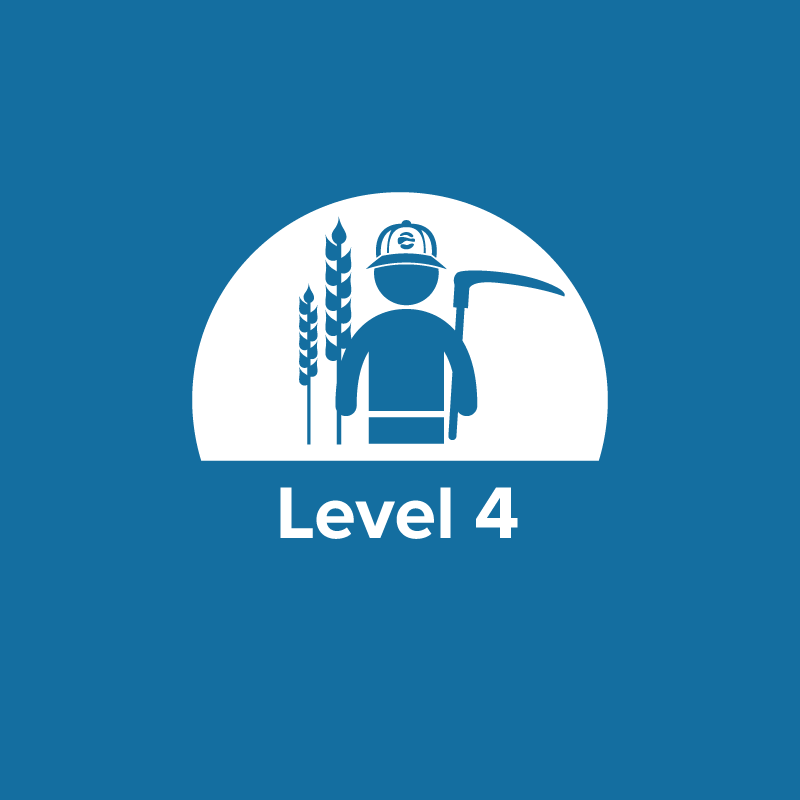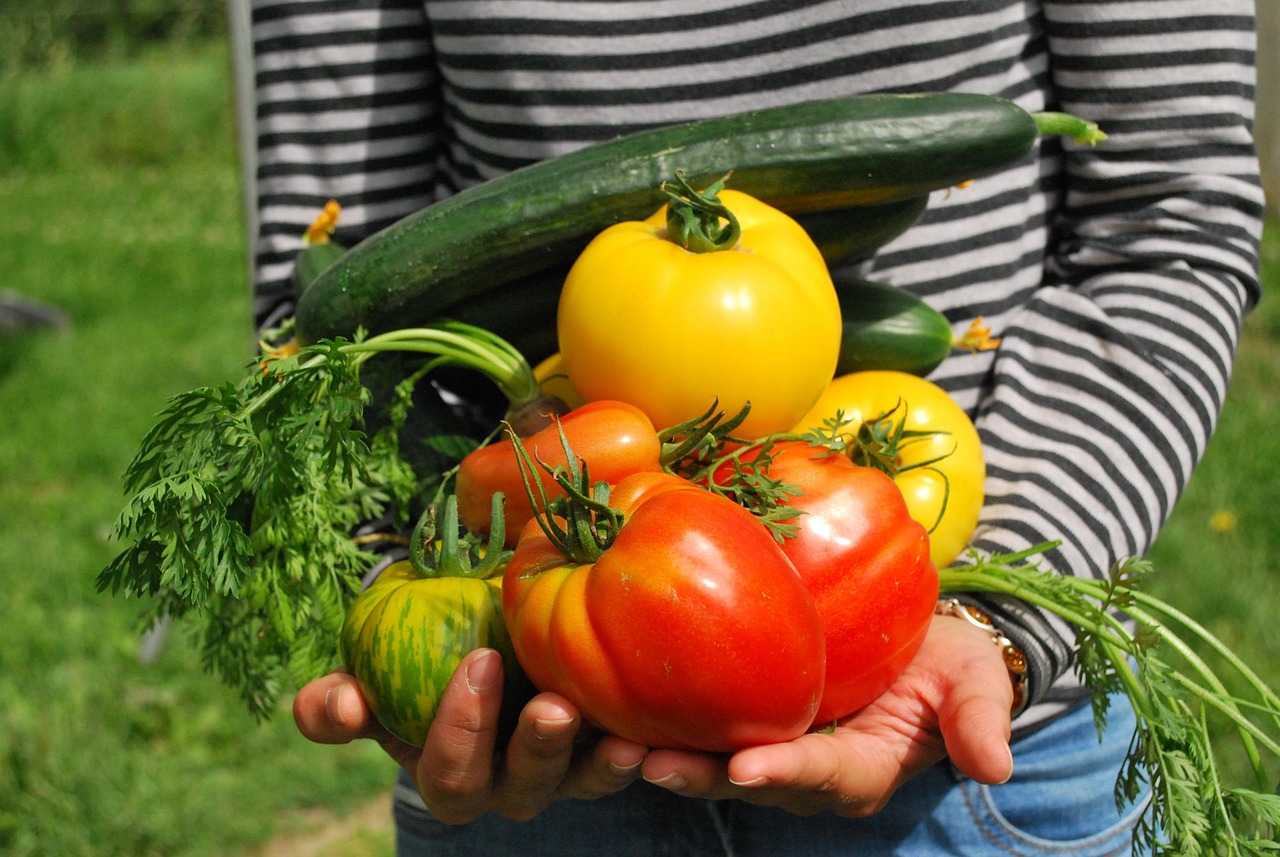
Fertilizers and the Environment (Grades 6-8)
In this lesson students will recognize that fertile soil is a limited resource to produce food for a growing population, describe the role fertilizer plays to increase food productivity, distinguish between organic and commercial fertilizers, and recognize how excess nutrients are harmful to the environment.



